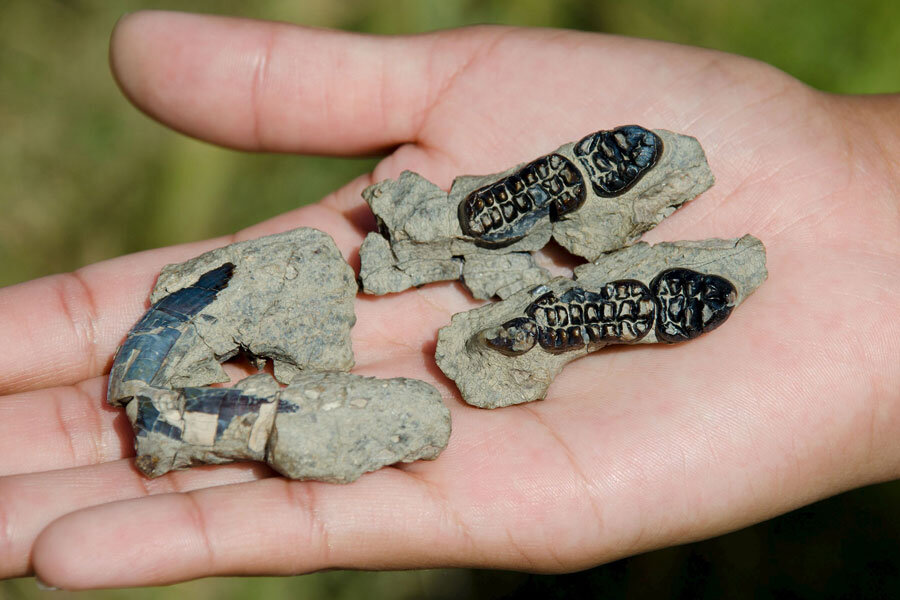Do we owe our existence to this prehistoric beaver?
Loading...
A paper published in the Zoological Journal of the Linnean Society Monday suggests a prehistoric beaver species might have paved the way for all mammals, including humans.
After finding fossil remains of the Kimbetopsalis simmonsae in northwestern New Mexico, researchers believe that Kimbetopsalis looked like a prehistoric version of a beaver, covered in fur with buck-toothed incisors. It was even the size of modern-day beavers, averaging about 3 feet and 50 pounds.
Although superficially similar to the beaver, Kimbetopsalis was not a rodent, but a multituberculate, an extremely successful mammal group that originated alongside the dinosaurs and survived for 120 million years, disappearing only 35 million years ago.
But what is most remarkable, say the researchers, is that Kimbetopsalis thrived just a few hundred thousand years after the asteroid impact.
“That’s a blink of the eye in geological terms, a miniscule speck of time in the 4.5-billion-year history of the planet,” University of Edinburgh paleontologist and study co-author Stephen Brusatte wrote to Gizmodo. “Kimbetopsalis shows us how quickly the Earth changed from a dinosaur-dominated world to one overrun with mammals.”
“An asteroid fell out of the sky one day and the world changed in an instant,” Thomas Williamson, lead author of the paper and curator of paleontology at the New Mexico Museum of Natural History and Science, explained to Vice News.
“Dinosaurs had been dominant for over 100 million years and they quickly disappeared," he said. "Mammals – which had been living in the shadows of the dinosaurs for many tens of millions of years – made it through the extinction and suddenly had the opportunity to diversify in the brave new world. And they did this quickly, very quickly.”
So how did this beaver-like mammal not only live, but thrive?
Dr. Williamson suggests that their habitat and diet are the main reasons for success. Although the area in New Mexico where the fossils were found is a high desert today, it was a tropical rainforest during Kimbetopsalis’s time.
“As a rainforest, the area was highly productive with lots of fruit and seed-bearing trees,” Williamson explains. Flowering plants had risen to dominate tropical forests during the Late Cretaceous and multituberculates really increased in diversity at about that time, possibly due to the new food sources that these plants provided.”
The researchers agree that the animal’s teeth were specialized for plant-chewing, with sharp incisors at the front and rows of cusps in the back.
Dr. Brusatte says that the primitive mammals able to survive alongside the dinosaurs were far smaller than Kimbetopsalis, and it is unlikely that a larger mammal could have survived on a plant-based diet before the mass extinction.
“So it looks like mammals rapidly began to get bigger, evolve new diets, and colonize new environments very soon after the dinosaurs bit the dust,” he added.
And the Kimbetopsalis “wasn’t some lonesome pioneer navigating the wreckage of a destroyed landscape,” but rather one of many mammals flourishing in post-apocaplyptic times, explains Brusatte.
But researchers still believe we have the Kimbetopsalis to thank for human existence because they were a part of a mammal evolution-boom that let to primates. And well, the rest is history.








